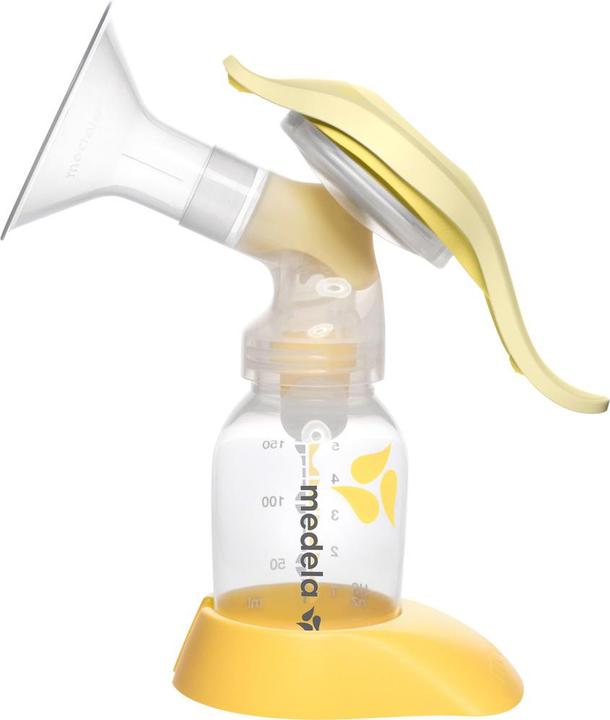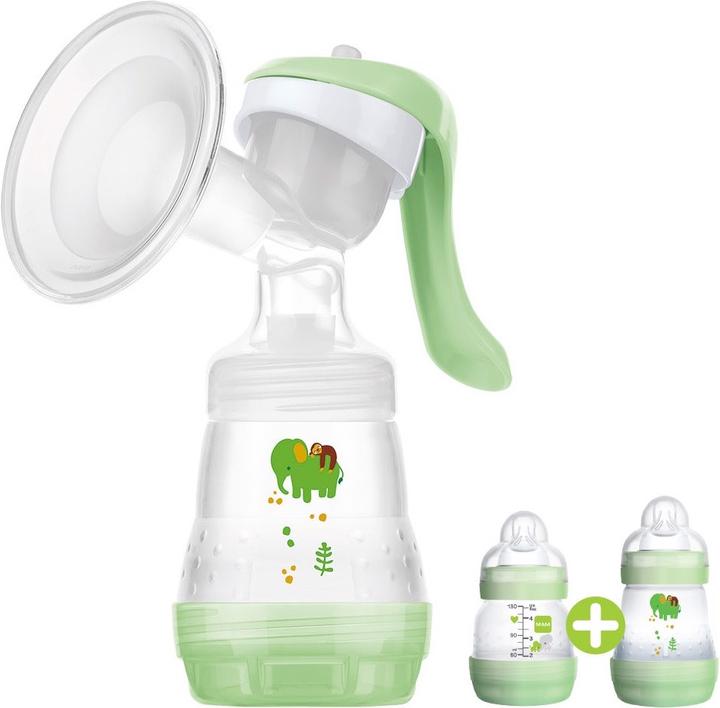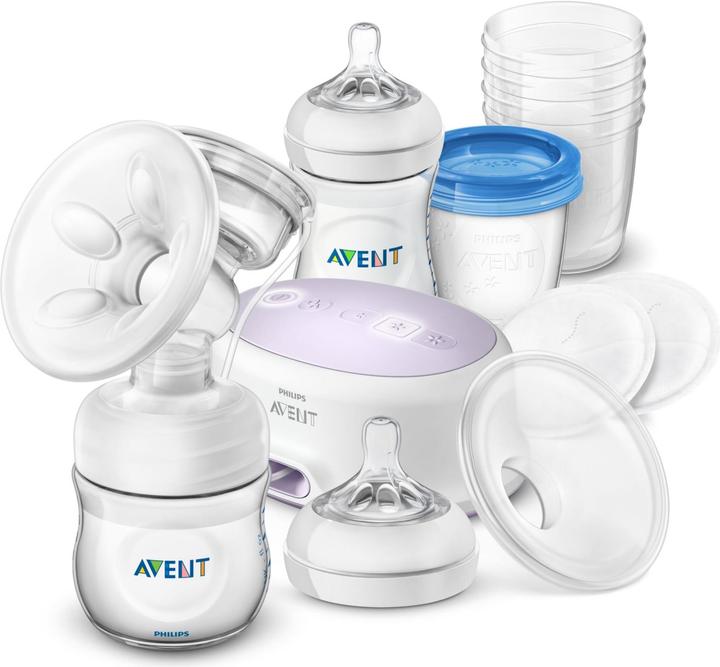

Breast pumps in comparison
Breast pumps are controversial. Some midwives and doctors recommend them, others advise against them. Nevertheless, they do offer some advantages. A comparison of manual and electric breast pumps.
According to the World Health Organisation (WHO), a mother should breastfeed her baby exclusively until the age of six months. Breast milk contains many nutrients that positively support the child's development. It also strengthens the bond between mother and child. In practice, it doesn't always look so rosy from personal experience. Breastfeeding needs to be learnt.
For example, I breastfed my first baby incorrectly at the beginning, which led to nipple irritation and later to a breast infection (mastitis). I no longer had this problem with my second baby. Instead, I sometimes struggled with too little and sometimes too much milk. After my parental leave, I returned to work. My breast pump supported me during the transition period and when I was weaning. This allowed me to move freely without my child having to go without breast milk.
When it comes to breast pumps, we differentiate between hand-operated and electric models. Before buying, think about how long and how often you want to use the device. These factors can be used to narrow down the selection.
Hand-operated breast pump
You don't need batteries or a plug socket to operate a manual breast pump, just your own muscle power. You pump the breast milk from the breast into the container by hand.
These models are ideal if you only need the device occasionally or use it as a supplement to an electric pump. Thanks to their compact size, you can store them in your bag and can also quickly relieve your breast in a public toilet. This prevents possible milk stasis and the resulting breast inflammation.
Electric breast pump
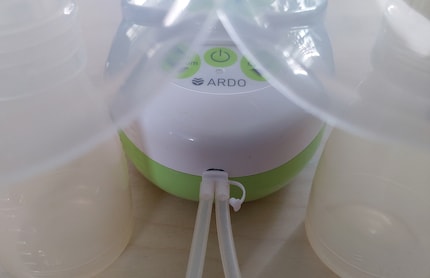
An electric breast pump is generally more expensive than manual breast pumps, but more suitable for daily use. Many models are not only powered by electricity, but also by batteries or rechargeable batteries in an emergency. The big advantage is that you can adjust the pumping strength and speed on most models so that it is comfortable for your breasts.
There are two types of electric models: Breast pumps with a connection for one container and models to which you can connect a second container. The advantage of a double breast pump is that it saves time because you pump both breasts at the same time. According to Medela, double-sided pumping means that you can express 18 per cent more milk in total, not just double the amount. The fat content of the milk is also higher with this variant.
Tip:
If necessary, you can test or rent electric breast pumps in pharmacies. If your doctor has prescribed the use of a breast pump, some health insurance companies will contribute to the purchase or hire. It is worth making the necessary clarifications with your health insurance provider in advance so that you are not suddenly stuck with the entire purchase costs.
Pumping in stock
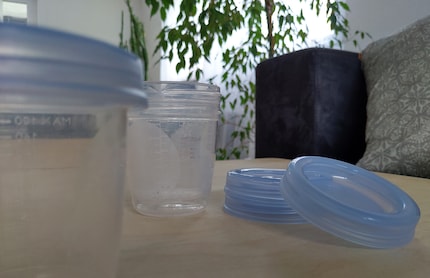
In order for breast milk to flow, you must first trigger the milk let-down reflex. For some women, massaging the breast helps with this, for others, attaching the pump (pumping time 10 to 15 minutes).
It can also be crucial when you pump the milk. In the morning, the baby usually does not empty the breasts completely and you are more rested at this time. You can also use the breast pump several times a day or in the evening after breastfeeding your child. However, you will have less milk in your breasts during the day and in the evening. From personal experience, this often leads to more frustration than pleasure. There is no sense of achievement and milk production is lower for the time required.
Durability
- fresh breast milk in the fridge: 3 days
- Thawed breast milk in the fridge: 24 hours
- Breast milk collected in the same container and stored in the refrigerator: 1 to 2 days
- In the freezer compartment of the refrigerator: 3 months
- In the freezer at -19 °C: 6 months
The refrigerator should cool at 4 °C. Special breast milk containers and bags are available for storing breast milk. These are ideal for portioning breast milk. Portions of 60 to 120 millilitres make sense, as they can be defrosted more quickly and the amount you drink can be varied more easily. Breast milk should only be warmed once. If you collect small quantities on the same day, you can collect them in the same container.
Are you looking for a read for when you're pumping? Then follow my author profile and you'll receive my latest articles personally
.
I’m the cook, cleaner, police officer, nurse, entertainer, motivator, author, storyteller, coach, organiser, chauffeur, lawyer and judge. To put it simply, I’m a mum to a daughter and not just a (Content) Manager at the office but also at home.
Practical solutions for everyday problems with technology, household hacks and much more.
Show all